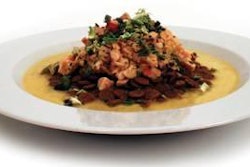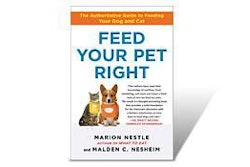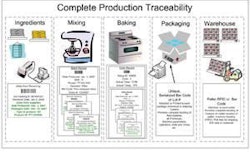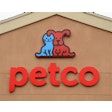A survey on dog ownership and opinions regarding senior dogs’ nutritional requirements was completed online by 1,309 adults. Average nutrient analysis for calories, protein, fat, fiber, sodium and phosphorus for senior canine diets was also obtained to determine whether respondent perceptions were consistent with actual profiles.
Of respondents who owned a senior dog, 42.8% fed a senior diet, but only 33.1% did so based on a veterinarian’s recommendation. From the options provided, 63% of respondents reported ingredients were the most important factor in choosing a senior dog food. Most respondents answered that senior dogs have different nutritional needs than adult dogs and that senior canine diets were lower in calories, fat, sodium, protein and carbohydrates.
Comparison of 37 commercial senior diets revealed wide variation in nutrient profiles, which were not consistent with respondents’ opinions for all nutrients evaluated. These results highlight discrepancies between perceived needs of senior dogs and actual diet composition.
Source : D. Hutchinson/L.M. Freeman et al., 2011. Survey of opinions about nutritional requirements of senior dogs and analysis of nutrient profiles of commercially available diets for senior dogs. Intern J Appl Res Vet Med 9: 68-79.
















